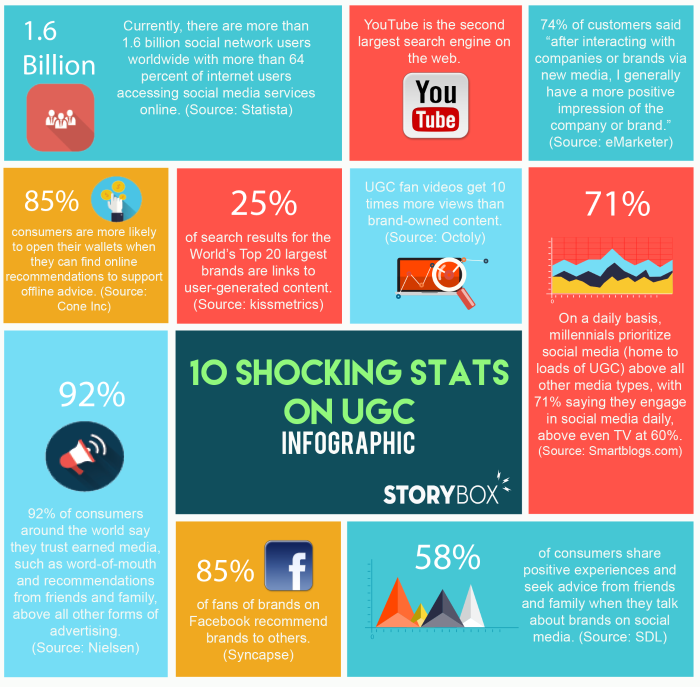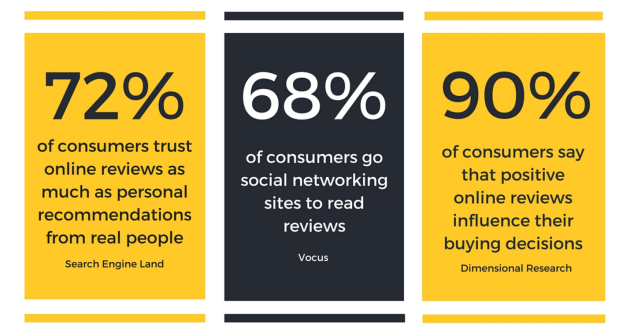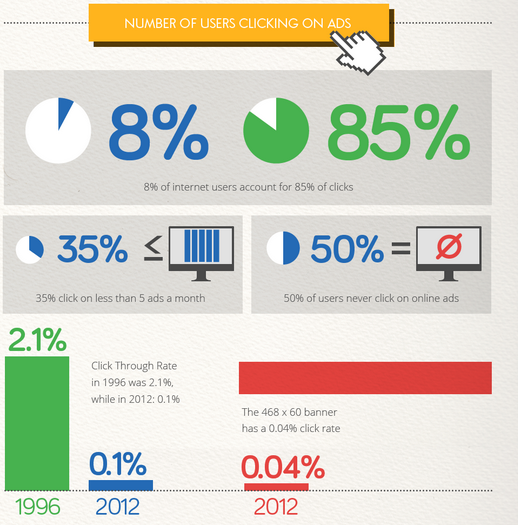What Is Influencer-Generated Content And Why Should You Use it?
You spend quite some time trying to find the perfect influencer. If you’re smart and want to save both time and effort, you use Veloce Influencer directory to quickly filter and find hand-picked influencers that are suitable for your brand.
You get in touch with them, agree on a deal and then set up the campaign.
They make a post, you wait for the results, and then the campaign is over, right?
Wrong!
Should you just leave it at that and call the partnership quit?
Absolutely not, because the truth is that there is more marketing juice to cram out of your partnership.
In this article, I’ll give you the answer to “What Is Influencer-Generated Content And Why Should You Use it?”.
Ready?
Good, let’s dig in.
What is influencer-generated content?
Let’s start with the obvious. What is influencer-generated content?
Also known as IGC, influencer-generated content is, explained in the most simple way, content created by influencers. For you, this means the content that the influencer created to promote your brand when you ran the campaign with them.
You have probably heard about user-generated content before, and if you’ve looked at the statistics about it, you know how powerful it is. Influencer-generated content is, in a way, user-generated content, but in this case, the UGC is content created by the influencer to promote your brand. That is the main difference.

If you run the influencer-campaign correctly, you give the influencer creative freedom when it comes to creating content to promote your brand. This means that they create content that doesn’t necessarily look like your ordinary posts, rather, they have created content that is in line with their own personal style and unique voice. This is what makes their campaign come off as more trustworthy. When they create content that looks just like all their other posts, they look less like promotion and more like a regular post of their everyday.
This is part of the reason why they generate such a great result because it comes off as authentic. But what does this content mean for you, when the campaign is over?
Well, first off, influencer-generated content reduces your legal risk of using other people’s content. Ideally, you’d have a contract where you get full rights to the content the influencer creates, but in the vast majority of cases, the influencer will have no trouble with you using their content. Instead, they’ll love you for it because it shows that you approve their content. Moreover, this type of content increases transparency.
There’s a huge difference between influencer-generated content (IGC) and brand-created content which the influencer uses. I mentioned that influencers have a personal style, and voice to everything they do on social media, and this is what makes them so effective in marketing, but I didn’t talk about the traditional form of influencer marketing where the influencer is handed a piece of content to share, from the brand.
In the traditional influencer marketing, brands pre-write a caption for the influencer that they should use, and sometimes also creates the image they should share.
The big problem with this method is that the influencer’s authenticity and personal voice completely vanishes. Influencers generally have a strong connection with their followers, and people are quickly able to see when the words aren’t coming from the influencer. Moreover, when the influencer shares a post created by the brand, it is a post that is completely different from the influencer’s own way of creating content. It looks completely different and is awkwardly crammed into the influencer’s own visual style. In other words, it stands out and screams promotional content from miles away.
Just take a look at one of the biggest fiascos in influencer marketing where Scott Disick, previously together with Kourtney Kardashian, shared an influencer post with a pre-written caption by the brand that he was promoting.
The only problem was that when he copied and pasted the caption that the brand had written for him, he accidentally also copied the message that told him when he should make the post.

Luckily, things have evolved quickly in the last couple of years, and now, brands are realizing how important it is to let the influencer create both caption and image because it will come off in a more authentic way, thus generating better marketing results for the brand.
The same goes for the importance of giving the influencer creative freedom when creating promotional content for brands. If a brand gives an influencer very little creative freedom and tells them exactly how they should do it, the post and caption will come off as inauthentic because a lot of the influencer’s own personality is lost. In other words, it will baa a regular branded piece of content but in disguise.
Influencer content differs from brand-created content in a number of ways.
First off, the promotional message is based on the influencer’s personal experience with your brand, and even if they talk about both the upsides and downsides of your brand, it can generate far better results than if they only talk about how awesome you are, because they’ll come off as far more trustworthy. If you’ve done your influencer identification correctly, you will partner with influencers who resonate with your brand and have an audience that matches your target audience.
In fact, 30% of consumers assume online reviews are fake if there are no negative reviews.

When influencers create the content, they add their personal touch and creates it the way they would with all their other non-promotive content, making it fit seamlessly with all their other content.
The result?
Their voice sounds more authentic to their previous content which saves them from sharing anything that sounds forced and rehearsed.
The bottom line is that influencer-generated content is far more authentic than any other type of branded content, thus resulting in more credibility and more people trusting their words about your brand.
Why should you use influencer-generated content?
Influencer-generated content has many benefits. I’ve already spoken about many of them above, but you’ll be surprised to hear that there are even more!
On social media, people are extremely sensitive to promotional content and will quickly run the other way if they can smell a tendency of it. And it’s logical, really. People aren’t on social media to have ads and promotional messages shoved down their throats. Instead, they use social media to be entertained and get inspired. Something that influencers help them with. That’s also part of the reason why influencers have grown such immense popularity over the years. They provide them with real, honest opinions, give them personal recommendations and interact with them on a personal level.
All of which brands struggle immensely with on social media.
Another huge benefit of leaving the content creating to the influencer is that you save money because you save yourself from having to create the content.
Creating content as a brand is expensive, and even if you do it yourself, you save a lot of time by leaving it to the influencer.
Not only is the process of partnering up with influencers expensive (it isn’t if you look at how much you make from it. In fact, influencer campaigns earn $6.85 in earned media value for every $1.00 of paid media) but if you are going to create professionally-created content on top of that, that number will dramatically increase.
When you save money, you can put that into things that really generate results, which could be more influencer partnerships.
Influencer-generated content has more convincing power
People trust influencers more than brands. In fact, an Adweek report 85 percent of respondents said that they find user-generated content more appealing and influential than brand-generated content. Moreover, 92% of consumers trust peer recommendations over advertising – even if they don’t know them.
You combine the two and you have a marketing strategy that is unstoppable.
People don’t trust brands and their words. When a brand talks about how amazing their products are, people take it with a large pinch of salt, because they know that the brand’s only goal is to sell. And in order to do so, they need to tell everyone how amazing their products are. The only problem is that it has gotten old, and people don’t fall for it. Secondly, when brands are promoting themselves on social media, they tend to use the same language over and over again, and use such endorsing and positive expressions that not even they themselves believe.
Okay, maybe not a pinch of salt. More like a handful:

People also tend to believe influencers more because they’ve established strong relationships with them. Sure, brands can also build strong relationships with their audience, and social media has opened up a completely new world for brands to do so, but they will still struggle to get to the level of engaged and loyal followers as influencers, partly because people can’t build relationships with a logo and a fancy brand name. And as a brand, that is what you have to work with.
People aren’t trusting traditional ads anymore
It’s no news that traditional advertising is losing power.
In fact, people have started to develop something called banner blindness where they cannot recall a display ad they saw seconds ago. Moreover, ad blocking grew by 41% globally in the last 12 months.

What’s, even more, alerting for brands who are still using traditional display ads is that 54% of users don’t click banner ads because they don’t trust them.
Display ads have very little power, but influencers do, and that’s also one big reason why influencer marketing has grown so immensely over the years.
Use influencer-generated content
Remember that I said that you shouldn’t just call it quit when an influencer campaign is finished?
Well let’s talk about the reasons you shouldn’t, and what you should do.
By now, you know how powerful the content created by an influencer is. People trust it!
So why not use that content in your own marketing?
Creating content for your own social media strategy is time-consuming and it demands lots of efforts, so why would you want to throw away perfectly good content? Content that is far more effective and trusted in marketing than your own content – even if you are the one who is posting it.
When an influencer-campaign is finished, take the content that the influencer created and share it on your own page. This way, you’ll be able to crame the last bit of marketing juice from the campaign and make sure you get the most out of your marketing money.


